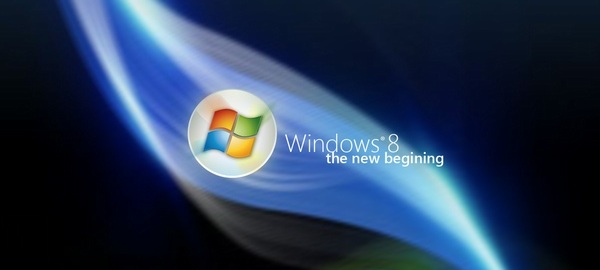Well, we all saw that coming. In an attempt to promote its latest OS, Microsoft has officially revealed the new version of its DX API. And as you may have guessed, it is coming exclusively on Windows 8.1 and Xbox One. DirectX 11.2 was presented at its Build Conference, and you can find the keynotes video below. Perhaps the best feature of DX11.2, Tiled Resources, is demoed at around the first one hour mark. With Tiled Resources, Direct3D 11.2 introduces support for hardware virtual resources, allowing the creation of massive textures using minimal memory, and permitting improved bandwidth efficiency. Let’s see now how PC gamers and developers will respond to Microsoft’s move, and whether the former will be forced to upgrade their systems – yet again – for this DX exclusivity!
[UPDATE]
NeoGAF’s member ‘LukasTaves‘ shared the five key features of DirectX 11.2:
– Hardware overlay support (Similar to Durango’s display panes, allows the developer to render the 3d graphics of the app at lower than native resolution, while keeping 2d ui at native res composing the final frame at a native resolution). Developers can also target a framerate and let the gpu dynamically scales the 3d graphics to try to meet that criteria (basically dynamic resolution changing is now fully supported by the api)
– HSL shader linking. W8.1 store apps can compile shaders in runtime, so the behavior of the shaders can be dynamic. However compiling is slow, so this feature allows you to pre-compile shaders at build time and link them at runtime, this way you can create new dynamic shaders without the performance hit. Dynamics shaders could be used for instance for a game to test the performance of the device it’s going to run and modify to a simpler or a more complex version of the shader to maintain the best visual quality while maintaining the target framerate. It’s also useful for building shader library dlls that can be shared among different projects and each app decides how to build their shaders from this library.
– Mappeable gpu buffers. This is great for compute scenarios with collaboration of the cpu and gpu. They provide api support for the cpu directly access the gpu memory without needing to copy the buffer back and forth. For 11.2 it’s going to be onlye for compute so it’s only buffers, not graphical objects.
– Low latency present API. Basically api support for the system to tell the app when it’s the best time to start rendering and showing the content on screen, to allow the shortest latency possible. By using this api they were able to reduce latency from 3 frames (at 60fps) to less than 1.
– Tiled Resources which is api support for hardware accelerated virtual texturing. It’s basically hardware support for mega texturing.
John is the founder and Editor in Chief at DSOGaming. He is a PC gaming fan and highly supports the modding and indie communities. Before creating DSOGaming, John worked on numerous gaming websites. While he is a die-hard PC gamer, his gaming roots can be found on consoles. John loved – and still does – the 16-bit consoles, and considers SNES to be one of the best consoles. Still, the PC platform won him over consoles. That was mainly due to 3DFX and its iconic dedicated 3D accelerator graphics card, Voodoo 2. John has also written a higher degree thesis on the “The Evolution of PC graphics cards.”
Contact: Email

